To buffer the brain against menaces in the blood, a dynamic, multi-tiered system of protection is built into the brain’s blood vessels.
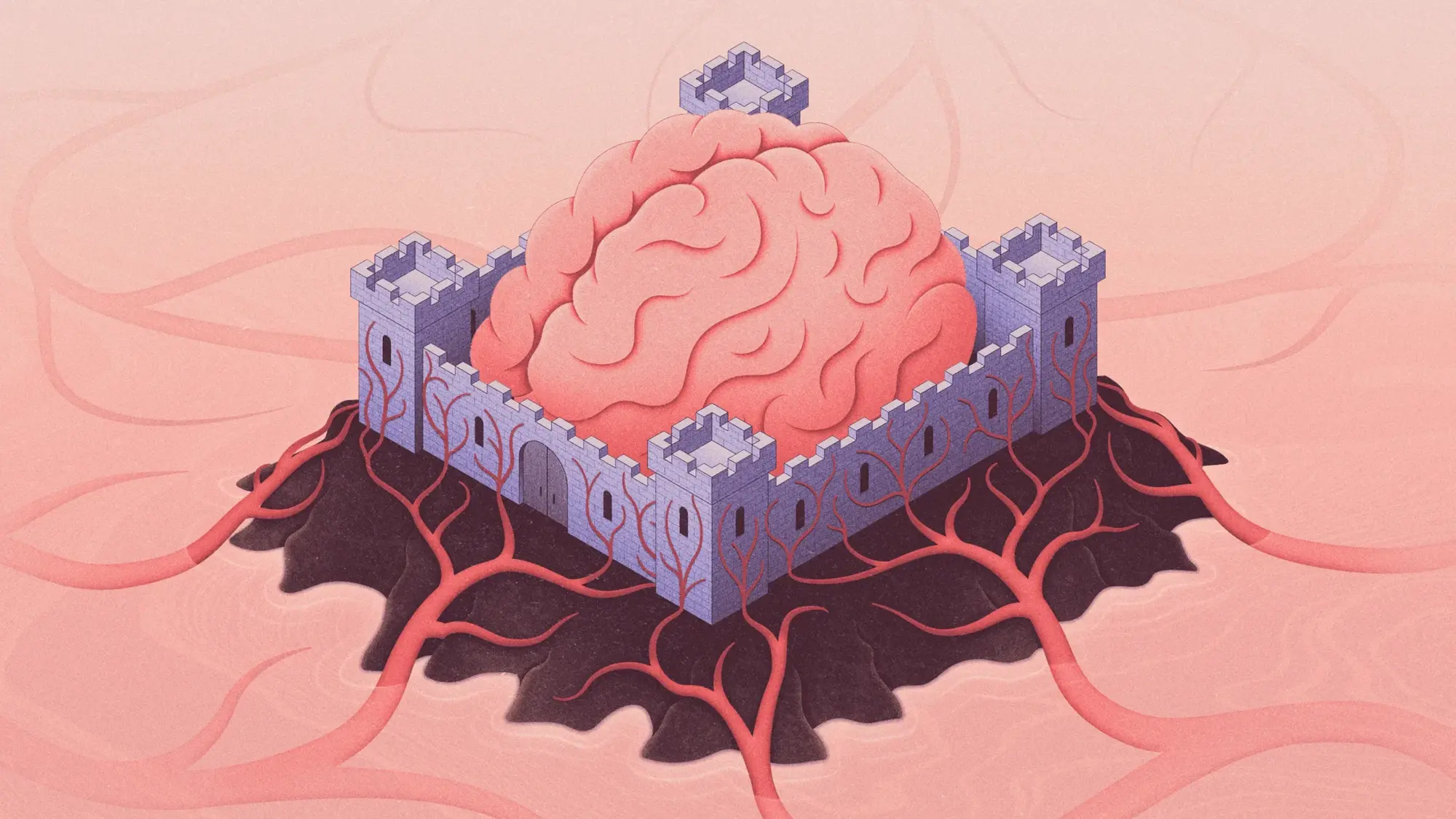

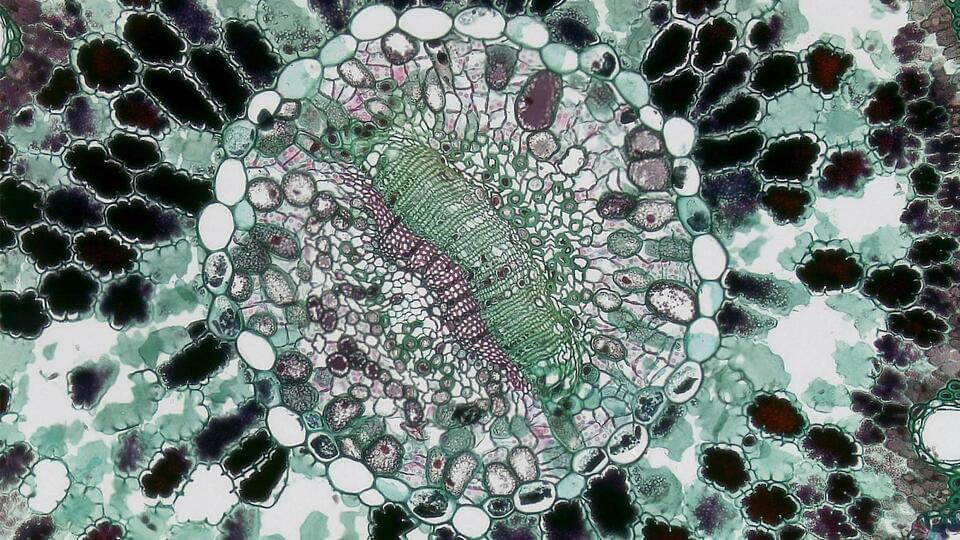

An experimental drug appears to reduce the risk of Alzheimer’s-related dementia in people destined to develop the disease in their 30s, 40s or 50s, according to the results of a study led by the Knight Family Dominantly Inherited Alzheimer Network-Trials Unit (DIAN-TU), which is based at Washington University School of Medicine in St. Louis.
The findings suggest—for the first time in a clinical trial—that early treatment to remove amyloid plaques from the brain many years before symptoms arise can delay the onset of Alzheimer’s dementia.
The study is published in The Lancet Neurology.
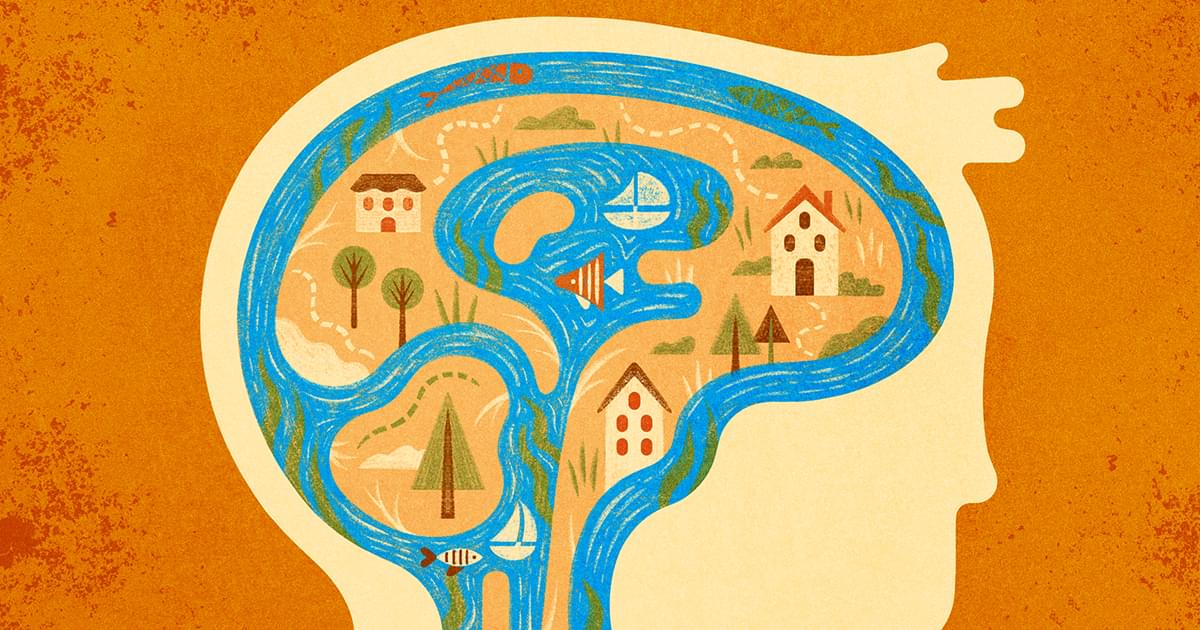
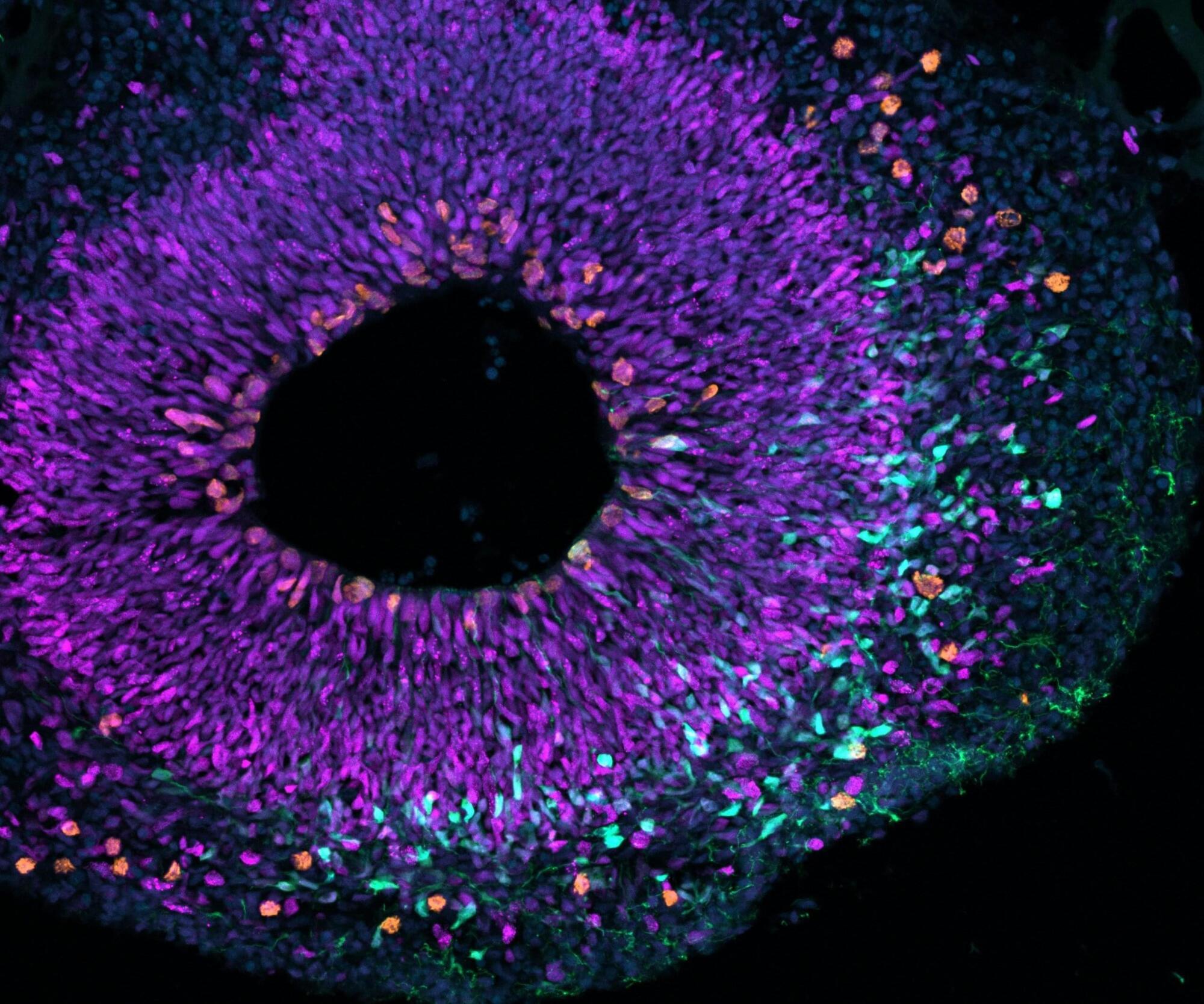

Chewing gum releases hundreds of tiny plastic pieces straight into people’s mouths, researchers said on Tuesday, also warning of the pollution created by the rubber-based sweet.
The small study comes as researchers have increasingly been finding small shards of plastic called microplastics throughout the world, from the tops of mountains to the bottom of the ocean – and even in the air we breathe.
They have also discovered microplastics riddled throughout human bodies – including inside our lungs, blood and brains – sparking fears about the potential effect this could be having on health.
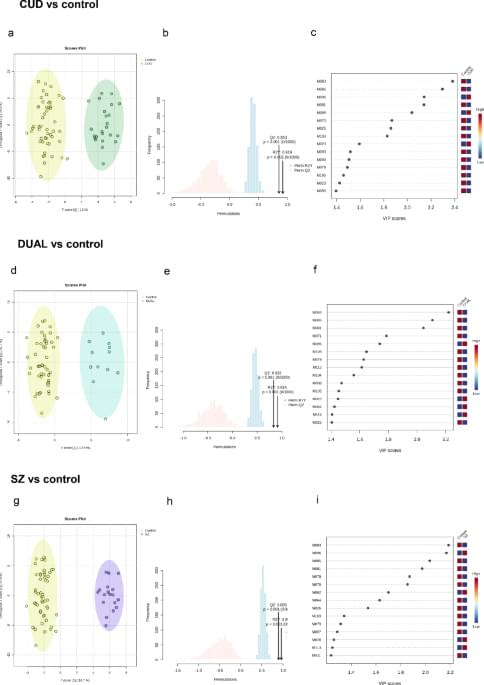
Villate, A., Olivares, M., Usobiaga, A. et al. Sci Rep 14, 31,492 (2024). https://doi.org/10.1038/s41598-024-83288-5

Axon regeneration can be induced across anatomically complete spinal cord injury (SCI), but robust functional restoration has been elusive. Whether restoring neurological functions requires directed regeneration of axons from specific neuronal subpopulations to their natural target regions remains unclear. To address this question, we applied projection-specific and comparative single-nucleus RNA sequencing to identify neuronal subpopulations that restore walking after incomplete SCI. We show that chemoattracting and guiding the transected axons of these neurons to their natural target region led to substantial recovery of walking after complete SCI in mice, whereas regeneration of axons simply across the lesion had no effect. Thus, reestablishing the natural projections of characterized neurons forms an essential part of axon regeneration strategies aimed at restoring lost neurological functions.

Wenzhou Medical University and collaborating institutions have identified a population of human neural retinal stem-like cells able to regenerate retinal tissue and support visual recovery.
Vision loss caused by retinal degeneration affects millions worldwide. Conditions such as retinitis pigmentosa and age-related macular degeneration involve the irreversible loss of light-sensitive neural cells in the retina. While current treatments may slow progression, they do not replace damaged tissue.
For decades, scientists have explored whether stem cells could be used to regenerate the retina, but the existence of true retinal stem cells in humans has remained uncertain. In fish and amphibians, the outer edge of the retina houses stem cells that regenerate tissue continuously. Whether a comparable system exists in the human eye has been debated for more than two decades.
From Star Wars dreams to battlefield reality, laser weapons are finally here—but are they worth the hype? Here’s everything you need to know about the tech, the failures, and the future.
Got a beard? Good. I’ve got something for you: http://beardblaze.com.
Simon’s Social Media:
Twitter: / simonwhistler.
Instagram: / simonwhistler.
Love content? Check out Simon’s other YouTube Channels:
Warfronts: / @warographics643
SideProjects: / @sideprojects.
Into The Shadows: / @intotheshadows.
Today I Found Out: / @todayifoundout.
Highlight History: / @highlighthistory.
Brain Blaze: / @brainblaze6526
Casual Criminalist: / @thecasualcriminalist.
Decoding the Unknown: / @decodingtheunknown2373
Places: / @places302
Celestium: / @astrographics-ve4yq